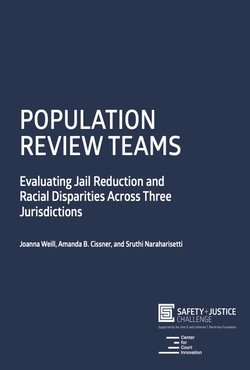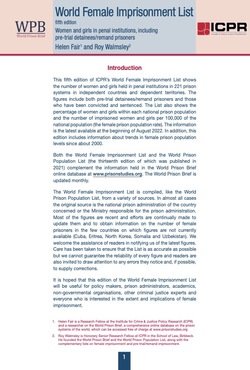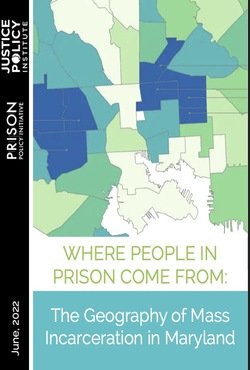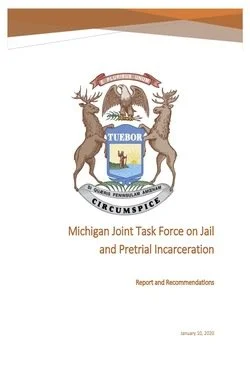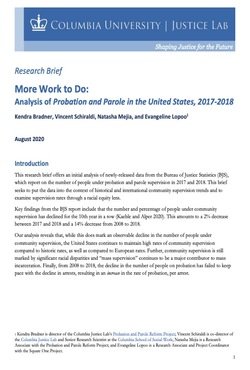Edited by Arthur L. Stinchcombe, Rebecca Adams, Carol A. Heimer, Kim Lane Scheppele, and Tom W. Smith
D. Garth Taylor.
From the cover: In the past thirty-five years, Americans have become more fearful of crime and more punitive toward criminals—at least in the sense of being more favorable toward capital punishment and other harsh penalties. But at the same time they have become more tolerant regarding a whole series of social and civil liberties issues generally associated with a more humane attitude toward criminals. This new book analyzes survey data collected over the years, especially from the Gallup polls and the National Opinion Research Center’s General Social Surveys, in order to explore various aspects of these contradictory developments. The authors consider the hypothesis that rising crime rates cause increased fear of crime and that this in turn causes people to become more punitive. They find that exposure to high crime rates does cause increased fear but that fearful people are only slightly more punitive than other people. Furthermore, white people who live in high crime areas are no more punitive than people living in safer areas, and black people (who tend to live in high crime areas) are less punitive than people living in safer areas. To determine why the liberalization of public opinion on issues of race and civil liberties has not led to more tolerant attitudes on questions of crime and punishment, the authors examine in detail the relationship between general liberalism in regard to racial or civil liberties and more humane attitudes toward criminals. They also consider why increased fear of crime has not led to increased support for gun registration. This study breaks new ground by using recent innovations in the techniques of survey analysis to study trends in public opinion and to analyze the causes of those trends. It thus represents a contribution to the literature on subjective social indicators as well as a model for further explorations of the reasons for change in public opinion over time.
San Francisco, Josses-Bass Inc. Publishers. 1980. 168p.









